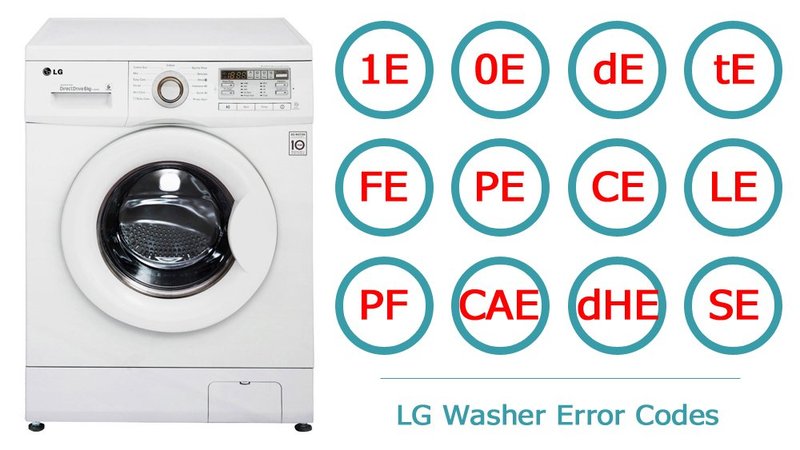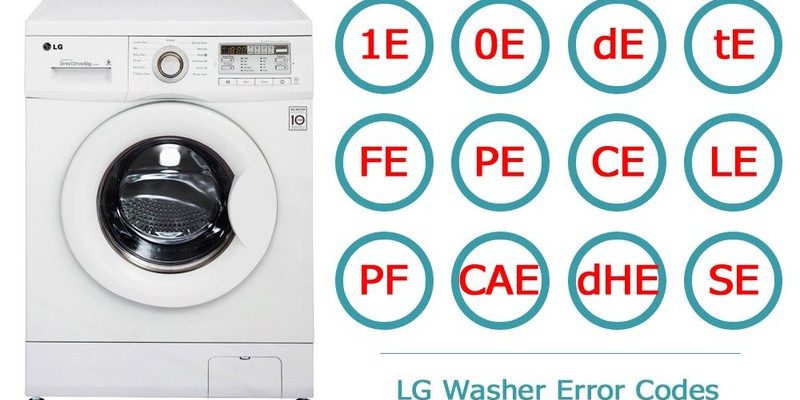
Let’s start with a simple analogy. Think of your washing machine like a computer running a program. When it encounters a problem, it doesn’t just stop working— it tries to tell you what’s wrong with a specific code. The F2 error is just one of those messages, indicating a drainage problem. This means your machine is having trouble draining the water out, which is a pretty common issue. By understanding this code, you can get started on fixing the problem, just like a little detective!
Understanding the F2 Error Code
So, what exactly is the F2 error code telling us? Imagine a clogged sink. When you try to drain water, it either takes forever or doesn’t drain at all, right? Well, that’s pretty much what’s happening with your washing machine. The F2 error code means there’s a drainage issue, which might be due to a blocked drain hose, a malfunctioning pump, or even something as simple as a kinked hose. These issues prevent the machine from draining water properly at the end of each cycle.
Now, why does this matter? Besides being an inconvenience, if water doesn’t drain properly, your clothes might end up soaking wet and your machine could eventually become damaged. It’s kind of like if you never flushed your toilet after use—it would start to overflow, leading to a bigger mess. Likewise, unresolved drainage issues can lead to more extensive (and expensive) repairs. So addressing the F2 error promptly can save you time and money in the long run.
The good news is that understanding the F2 error code can help you know where to start. It’s the first clue in diagnosing the problem. Now, if you’re feeling a bit overwhelmed, don’t be! Treat this as your personal guide to solving the F2 error mystery.
Common Causes of an F2 Error
So what might cause this pesky F2 error to appear? First off, the drain hose might be blocked or kinked. Imagine trying to sip through a straw while pinching it—it’s pretty hard to get any liquid through! Similarly, if your drain hose is kinked or clogged, water can’t flow out of the washing machine efficiently, triggering the F2 code. This is often the easiest issue to fix, and it should be the first thing you check.
Another culprit could be the drain pump itself. Over time, the pump might get clogged with debris, such as lint or small items that might have been left in pockets. It’s like when something gets stuck in a vacuum cleaner—suction power reduces and the machine just doesn’t work right. If the pump is blocked, the machine can’t get rid of the water, leading to the F2 notification.
Sometimes, the issue might be electronic—like a faulty water level sensor. This sensor tells your machine when there’s too much or too little water. If it’s not working properly, the machine might “think” it hasn’t drained properly, even if it has. So while the issue is most often physical, there’s always a chance that it could be electronic.
Steps to Fix the F2 Error
Ready to roll up your sleeves and fix that F2 error? Here’s how you can tackle it. First, check the drain hose for any obvious kinks or clogs. Just like unkinking a garden hose, removing these should help water flow normally again. Pull the machine out slightly, and inspect the hose connected at the back. If there’s any visible blockage, clear it out and straighten any bends.
If the hose seems fine but the problem persists, it’s time to check the drain pump. You’ll usually find this at the bottom of the machine. Before you open anything up, make sure the machine is turned off and unplugged—safety first! Remove the pump cover and check for any debris. Be prepared for some water to spill out, so having a towel nearby is a good idea.
Lastly, if the hose and pump seem okay, but the F2 error remains, it might be worth checking the machine’s water level sensor or getting a professional to take a look. While many issues are user-fixable, sometimes a deeper technical problem might need expert hands.
Preventing Future F2 Errors
Now that you’ve fixed the F2 error, let’s talk about preventing it from happening again. Regular maintenance is key. Start by routinely checking the drain hose for kinks or obstructions. Imagine it like brushing your teeth—doing it regularly prevents bigger problems down the road. Keeping the area around the hose free of clutter can also help prevent accidental bending or blocking.
Next, be mindful of what goes into your washing machine. Always check pockets for small items that might cause blockages. It’s like ensuring no debris goes into your car’s fuel tank for smooth operation. Remember, prevention is easier and cheaper than repair.
Finally, consider running a periodic maintenance cycle using a washer cleaner. These products help break down any soap scum or residue build-up inside the machine, keeping everything running smoothly. It’s like giving your machine a spa day—a little treat to keep it happy and healthy!
By staying on top of these simple maintenance tasks, you can keep that F2 error code at bay and enjoy many more loads of clean laundry. If you ever encounter the issue again, you’ll know exactly what to do!
